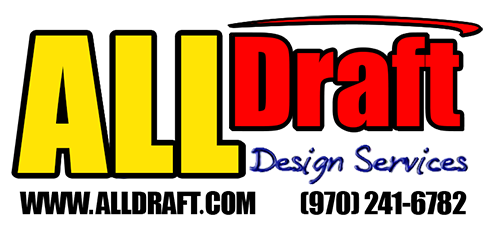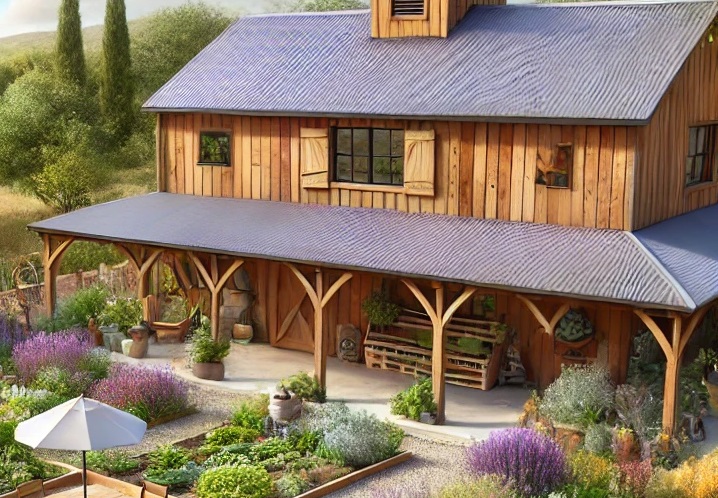Barndominiums have grown in popularity over the last decade due to their affordability, durability, and unique charm. These metal-structured homes, which often combine living quarters with workshops or garages, are ideal for rural living, homesteaders, and anyone looking to maximize value per square foot. But while their design is appealing, one major question often arises for potential buyers and builders:
Can you get a mortgage for a barndominium?
The short answer is yes, you can get a mortgage for a barndominium—but it’s not as straightforward as financing a traditional home. In this guide, we’ll explore the ins and outs of barndominium mortgages, lender challenges, tips to improve approval chances, and alternative financing solutions.
What is a Barndominium?
A barndominium (or “barndo”) is a metal or steel-framed building that has been converted into a living space. Originally popularized in Texas, these structures often feature open floor plans, high ceilings, and energy-efficient designs. Some are built from converted barns, while others are new constructions that blend residential comforts with utilitarian storage or workspaces.
Their non-traditional structure and customizable design make them cost-effective and versatile. But this uniqueness also presents challenges when it comes to financing.
Why Barndominium Mortgages Are Complicated
Getting a mortgage for a traditional stick-built home is relatively easy—lenders understand the risks, resale values, and market demand. Barndominiums, however, fall into a grey area in the world of residential real estate financing.
Here’s why:
- Appraisal Challenges
Lenders rely on appraisals to determine the value of a home. Since barndominiums are less common, appraisers often struggle to find comparable properties (“comps”) in the area. Without solid comps, the bank may undervalue the home, which can impact the size of the loan offered—or even lead to a loan denial.
- Zoning and Classification Issues
Barndominiums are sometimes classified as agricultural or commercial buildings rather than residential homes. If the property isn’t zoned for residential use, a traditional mortgage may not be available. You may need to work with local zoning boards to get proper permits.
- Lender Inexperience
Many lenders are unfamiliar with barndominiums and may be hesitant to approve a loan for something outside of their standard offerings. You’ll likely need to shop around to find institutions that have experience with alternative housing types.
Types of Mortgages You Can Use for a Barndominium
Despite the challenges, several mortgage options can be used for barndominiums, depending on your specific situation.
- Conventional Loans
You may qualify for a conventional mortgage if your barndominium meets specific criteria:
- It’s built on a permanent foundation.
- It meets local building codes and zoning requirements.
- It is classified as a single-family residential home.
- You can find comparable sales in the area.
You’ll typically need a 5% to 20% down payment, a solid credit score, and income verification.
- FHA Loans
The Federal Housing Administration (FHA) backs loans with low down payments (as low as 3.5%). These loans are more flexible but come with strict requirements:
- The barndominium must be your primary residence.
- It must meet HUD minimum property standards.
- An FHA-approved appraiser must assess the value.
FHA loans can be difficult to use for barndominiums due to the appraisal and construction type restrictions.
- VA Loans
If you’re a veteran, active-duty military member, or eligible spouse, a VA loan can be a fantastic option. These loans often offer zero down payment and low interest rates.
However, the property must meet VA standards, including:
- Being a primary residence.
- Having comparable homes nearby.
- Passing a VA appraisal.
Barndominiums can be financed with VA loans, but only if they meet all residential guidelines.
- USDA Loans
If you’re building in a rural area, you may qualify for a USDA Rural Development loan. These loans are designed to promote homeownership in less populated regions and come with low interest rates and zero down payment options.
However, the same hurdles apply:
- The home must be in a USDA-approved area.
- It must meet strict residential appraisal guidelines.
Construction Loans for Barndominiums
Many people choose to build their own barndominium from the ground up. In that case, you may need a construction loan, which differs from a traditional mortgage.
Two Types of Construction Loans:
- Construction-to-Permanent Loans
These loans cover construction and automatically convert to a traditional mortgage once the project is complete. - Stand-Alone Construction Loans
These require you to get a separate mortgage once the home is built, often resulting in two sets of closing costs.
Key Requirements for Construction Loans:
- A detailed construction plan and timeline.
- A licensed builder or contractor (some lenders allow self-builds with extra conditions).
- Proof of land ownership or plans to purchase land.
- A larger down payment—often 20% or more.
Some lenders also offer “barndominium-specific” construction loans, especially in rural states like Texas, Oklahoma, and Arkansas.
Tips to Improve Your Chances of Mortgage Approval
If you’re serious about building or buying a barndominium with a mortgage, here are strategies to improve your success rate:
- Work with a Lender Experienced in Barndominiums
Do your research and look for lenders who have experience with alternative or rural housing. Regional banks, agricultural lenders, and credit unions may be more open to barndo financing than large national banks.
- Get Pre-Approved
Pre-approval helps you understand your borrowing power and shows sellers or contractors that you’re serious. It also flags any issues with your credit or income early in the process.
- Use a Licensed Contractor
Many lenders require that the builder is licensed and insured. If you’re DIY-ing part of the build, be sure to check what’s allowed under the loan terms.
- Prepare a Detailed Plan
The more documentation you provide—blueprints, materials list, budget, timeline—the better. Lenders want to see that the project is realistic and well-managed.
- Have a Large Down Payment
A larger down payment lowers your loan amount, reduces lender risk, and improves your approval odds. Aim for at least 20% if possible.
Alternative Financing Options
If traditional mortgages or construction loans don’t work out, you have other paths to finance your barndominium:
- Personal Loans
Some people fund part of their build using personal loans. This can work for smaller budgets but often comes with higher interest rates and shorter repayment terms.
- HELOC or Home Equity Loan
If you already own a home with equity, consider a home equity line of credit (HELOC) to fund your barndominium project.
- Owner Financing
Some sellers or builders offer owner-financing options. You’ll make payments directly to the seller, often with more flexible terms—but make sure the contract is legally sound.
- Cash
Some barndominium owners choose to self-fund the project to avoid financing altogether. While not always feasible, paying cash eliminates loan hassles and interest payments.
Final Thoughts: Is a Barndominium Mortgage Worth Pursuing?
Yes—with proper planning, you can absolutely get a mortgage for a barndominium. It may take more effort than financing a traditional home, but the payoff is worth it. You’ll end up with a custom, efficient, and budget-friendly living space that’s uniquely yours.
As the popularity of barndominiums grows, more lenders are becoming familiar with their value and viability. With the right builder, clear plans, and patience, you can finance your dream barndominium and make it a reality.
Thinking about building a barndominium?
Start by researching local lenders, creating a detailed design, and understanding zoning requirements in your area. The journey may be different than buying a traditional home—but for many, it’s a better and more rewarding path.

